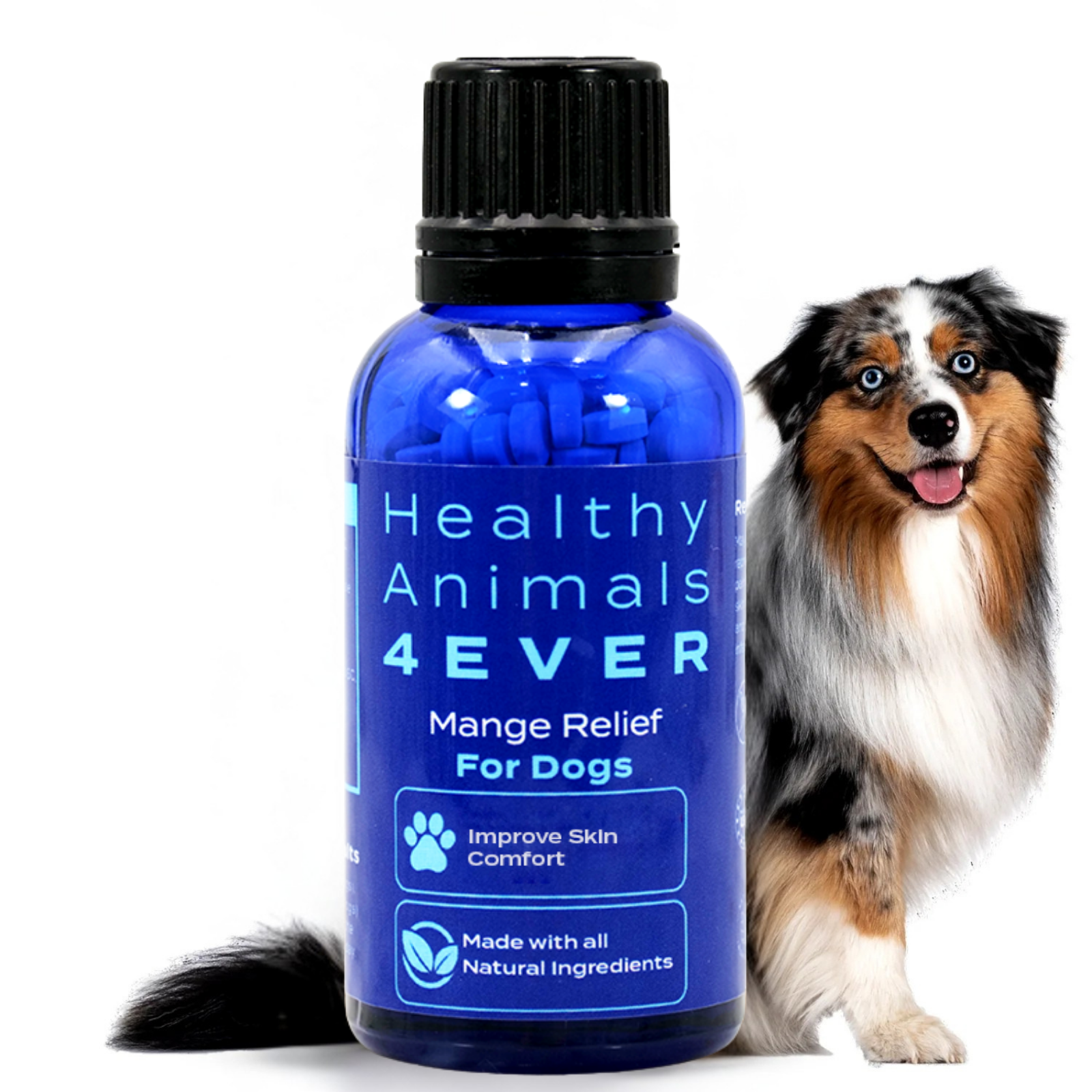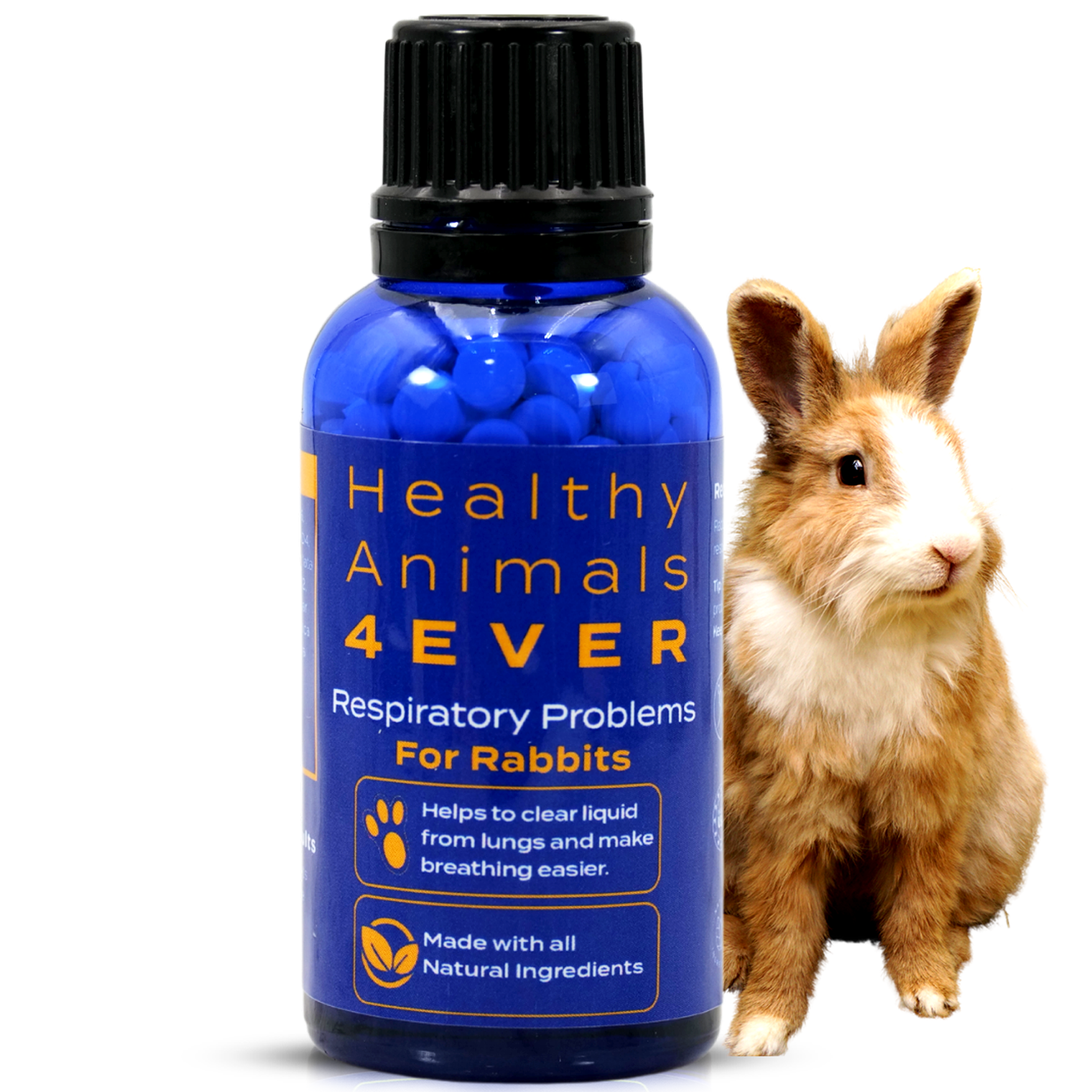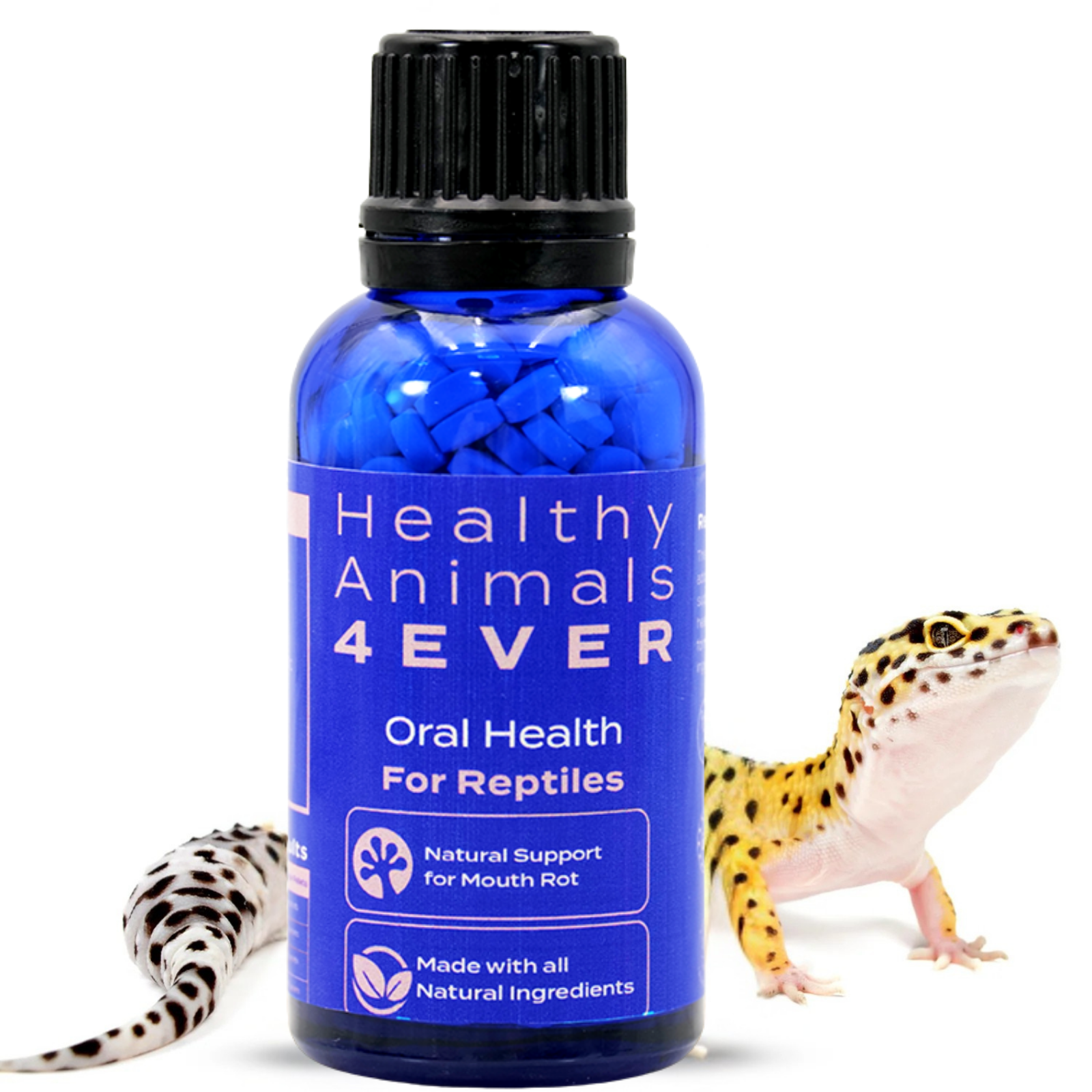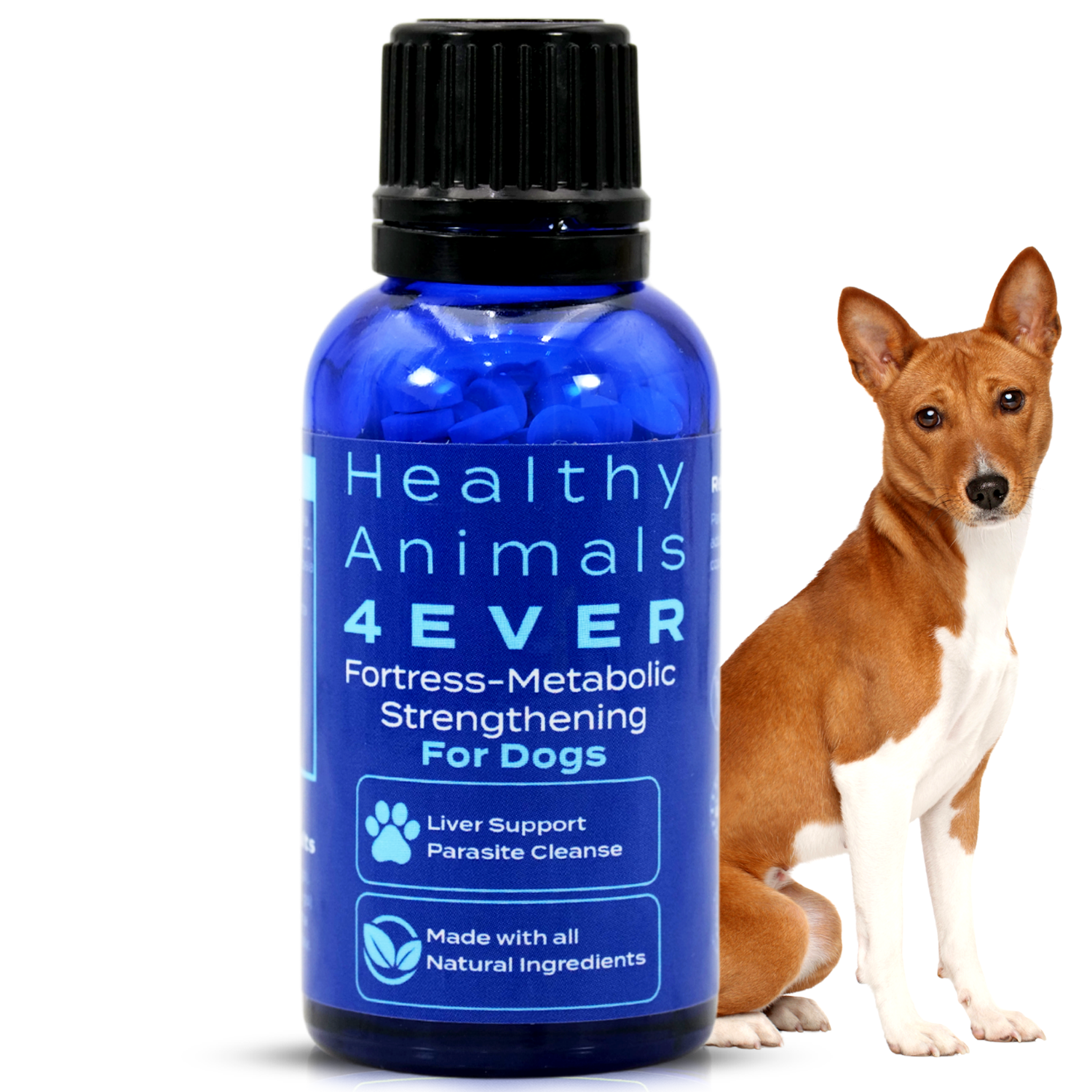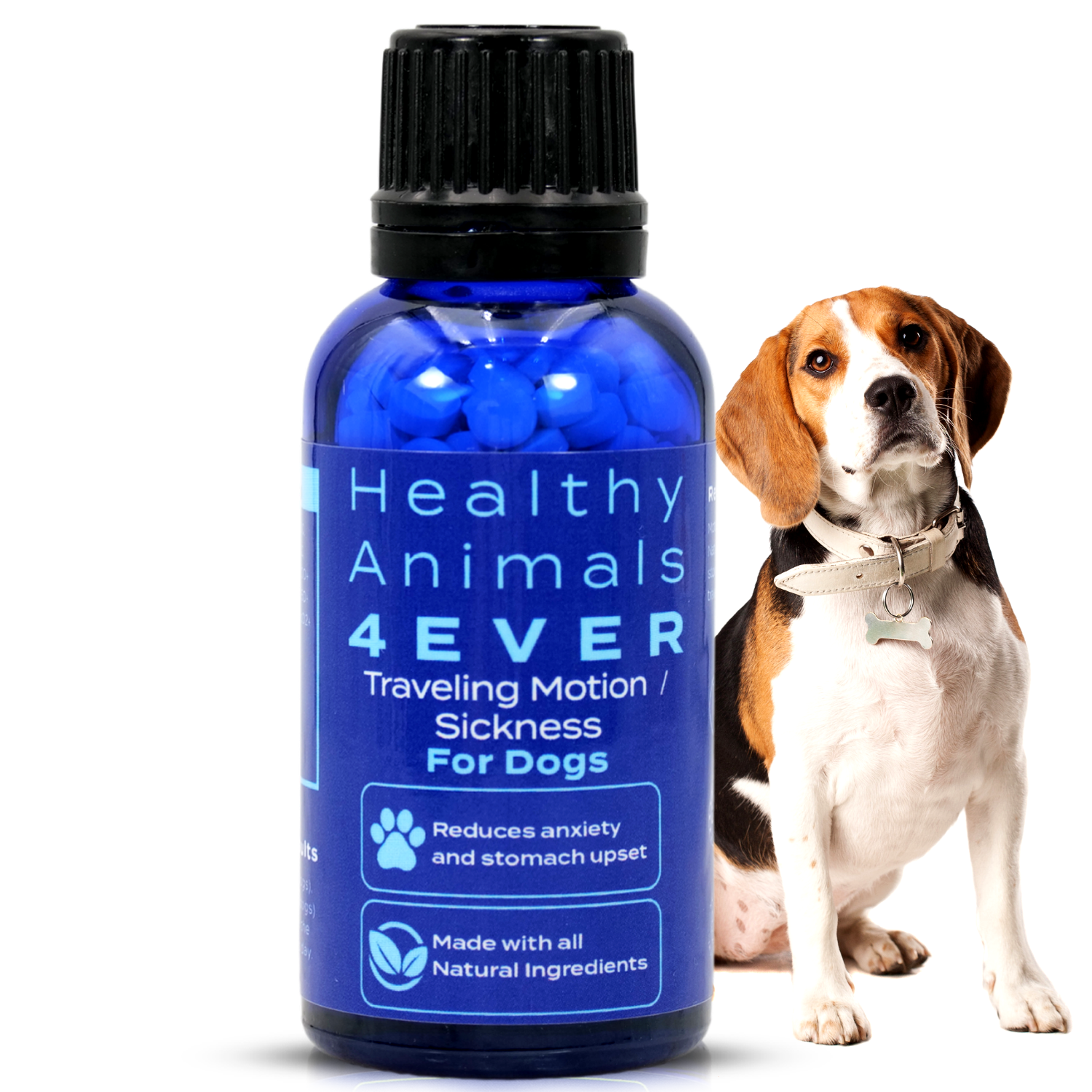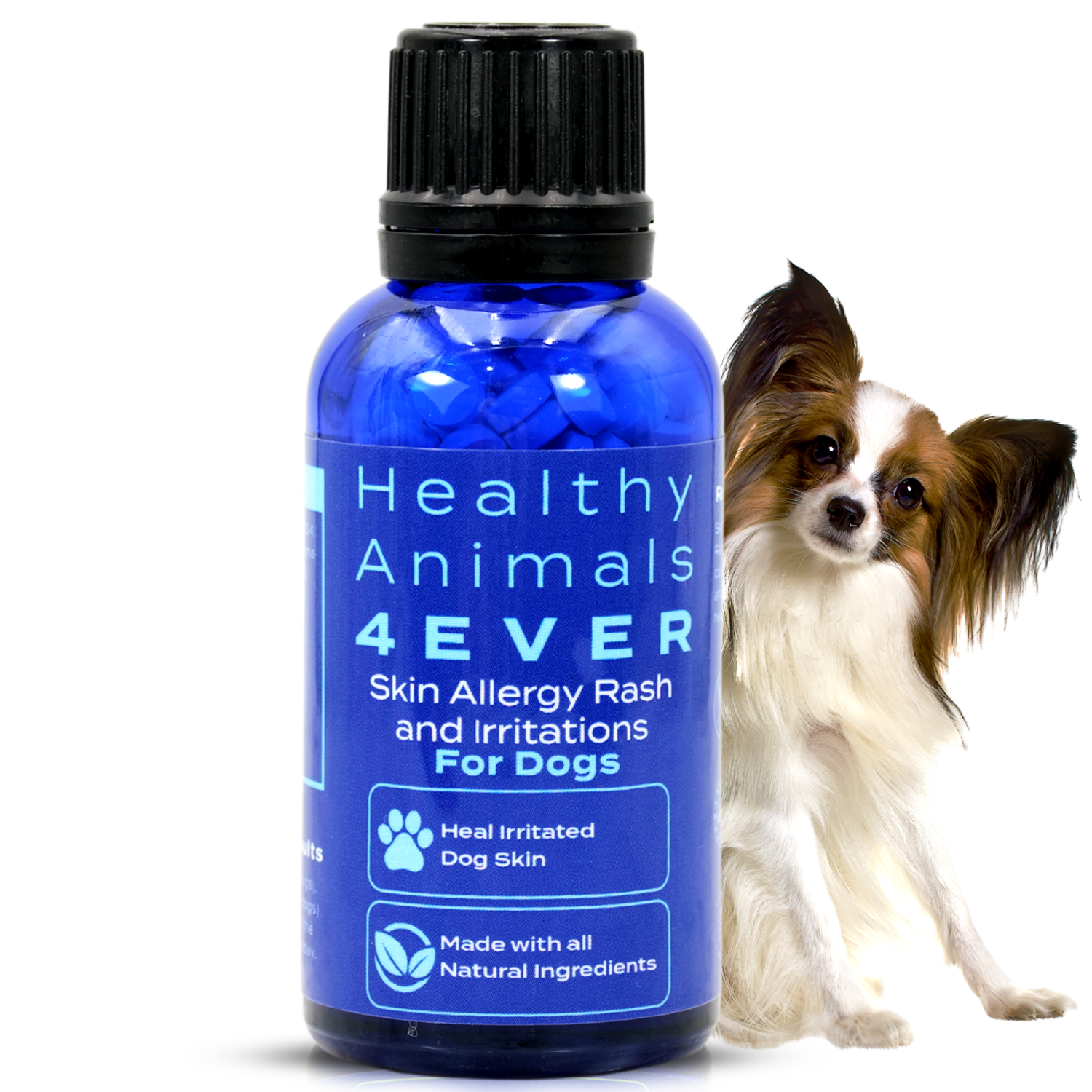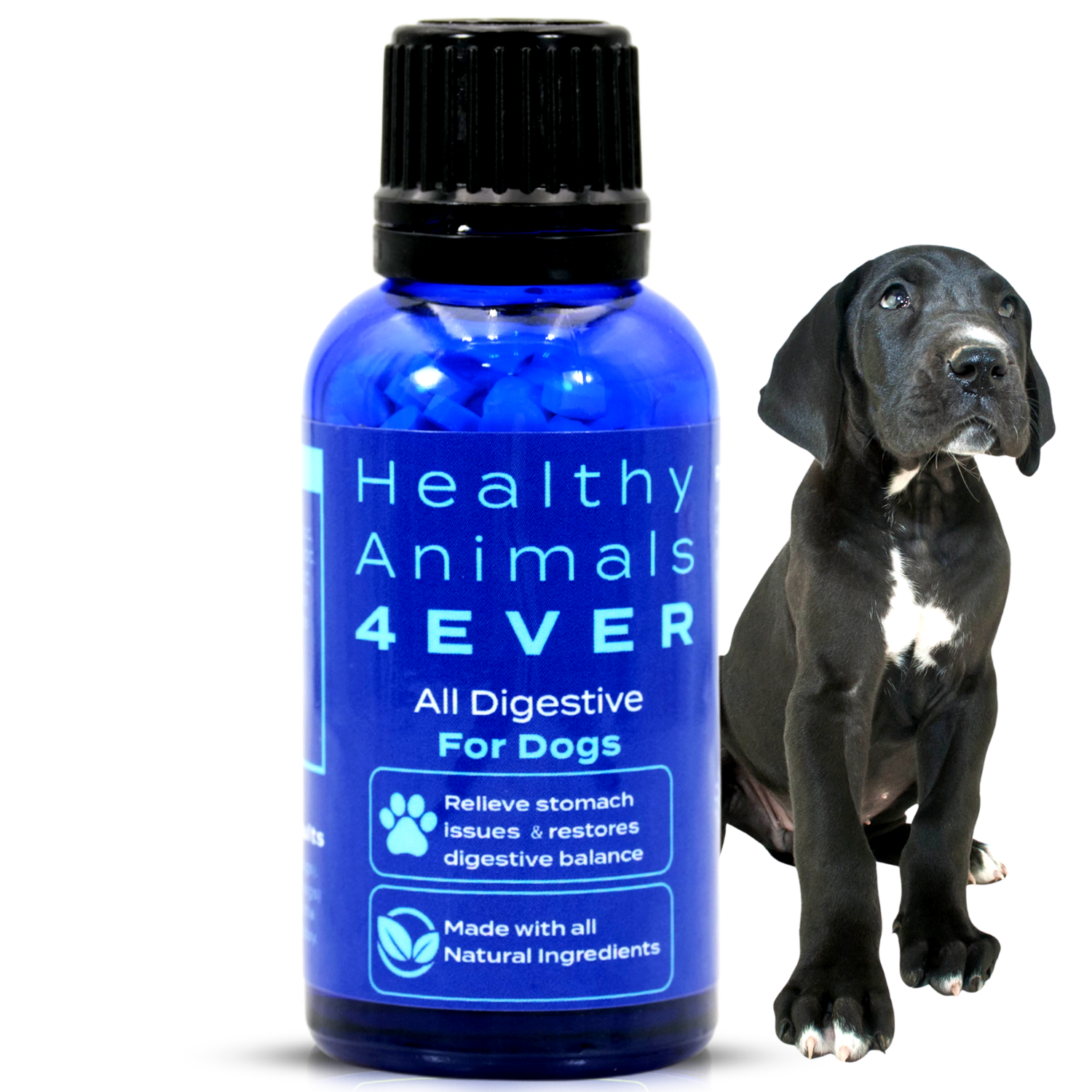Common Summer Health Problems in Dogs
Fortress-metabolic Strengthening Formula for Dogs helps with parasite issues while keeping your pet comfortable and without experiencing any side effects, such as die-off symptoms (fatigue, anxiety, aches, pains, etc.)
Summer is a beautiful time and its wonderful weather calls us to be outside most of the time. If you have a pet, you'll want him to enjoy most of the activities with you - go on a family holiday to the coast, camping in the mountains, or just chill in your backyard.
However, you have to keep in mind that summer has some apparent dangers and even more of those less obvious.
It is vital to keep your pet safe at all times, especially when you think danger is far away. That’s why we gathered a list of common health issues that might happen to your dog during summer.

Heatstroke
Dogs are prone to overheating in hot weather, leading to heatstroke. Heatstroke occurs when your dog's body temperature rises rapidly, exceeding their ability to cool down through panting and other mechanisms. It is a serious medical emergency and requires immediate attention.
Symptoms of heatstroke in dogs can include:
- Excessive panting and rapid breathing
- Bright red gums and tongue
- Salivating or drooling excessively
- Weakness or collapse
- Vomiting or diarrhea
- Glazed or dazed expression
- Elevated body temperature (over 103°F or 39.4°C)
- Seizures or tremors
- Unresponsiveness or coma
How can you prevent heatstroke?
- Avoid leaving your dog in a parked car, even for a short time.
- Provide plenty of shade and fresh water to your dog when outdoors.
- Avoid excessive exercise during hot weather and limit outdoor activities to cooler times of the day, like early morning or later in the evening.
- Be cautious with brachycephalic or thick-coated breeds in hot weather.
- Consider using cooling mats, cooling vests, or bandanas to help keep your dog cool.
- Monitor your dog closely for signs of overheating and take prompt action if necessary.
Remember, heatstroke in dogs is a severe condition and can be fatal if not treated promptly! Take precautions to prevent it and be vigilant about your dog's well-being during hot weather.
If you suspect your dog is experiencing heatstroke, here’s what you can do:
- Move your dog to a cooler area, preferably indoors or in the shade.
- Wet your dog's body with cool (not cold) water using a hose, wet towels, or immersion in a tub.
- Offer small amounts of cool water for your dog to drink.
- Use a fan or air conditioning to facilitate cooling.
- Contact your veterinarian or emergency veterinary clinic for guidance and immediate medical attention.
- Avoid using ice or freezing water, as it can constrict blood vessels and prevent cooling.

Dehydration
Dogs can become dehydrated in the summer, especially if they don't have access to enough water. It occurs when there is an inadequate intake or excessive water loss from your dog’s body, leading to an imbalance of fluids.
Signs of dehydration include:
- Dry gums and sticky saliva
- Loss of skin elasticity (the skin does not bounce back when gently pulled)
- Sunken eyes
- Lethargy or weakness
- Panting excessively
- Dry nose and mouth
- Decreased urination or dark-colored urine
- Loss of appetite
- Vomiting or diarrhea
Here are a few things you can do to treat and prevent dehydration:
- Offer water: Give your dog access to clean and fresh water at all times. Encourage them to drink by ensuring water bowls are easily accessible and filled regularly.
- Rehydration: If your dog is mildly dehydrated, encourage them to drink small amounts of water frequently. You can also offer them diluted electrolyte solutions specifically formulated for dogs. Avoid giving human electrolyte drinks, as they may contain ingredients that can harm dogs.
- Veterinary attention: If your dog is moderately to severely dehydrated or unable to drink water, it is essential to seek veterinary care. The veterinarian may administer intravenous fluids to rehydrate your dog effectively.
- Preventive measures: Ensure your dog always has access to fresh water, especially during hot weather or increased physical activity. Be mindful of the water bowl's cleanliness and provide additional water sources if you'll be away from home for an extended period. Adjust water intake if your dog has underlying health conditions or is on medications that increase water loss.
- Monitor outdoor activities: During hot weather, limit intense physical activities and walks to cooler times of the day. Provide shade and rest breaks to prevent your dog from overheating and dehydrating.
- Health check-ups: Regular veterinary check-ups can help detect any underlying health conditions that may contribute to dehydration. Discuss your dog's hydration needs with your veterinarian and follow their guidance.

Sunburn
Dogs with light-colored or thin fur, exposed skin areas, or hairless breeds can get sunburned. Sunburn in dogs is a condition that occurs when your dog's skin gets overexposed to the sun's ultraviolet (UV) rays. While dogs have fur that provides some protection, specific areas with thin or light-colored hair, such as the nose, ears, belly, and areas with less hair, are more susceptible to sunburn.
Signs of Sunburn are:
- Red or inflamed skin
- Swelling or blistering
- Pain or discomfort
- Peeling or flaking skin
- Itching or increased sensitivity
- Hair loss in severe cases
What you can do to prevent and treat sunburn:
- Limit sun exposure: Avoid prolonged exposure, especially during peak hours. Provide shaded areas for your dog to seek relief from the sun.
- Apply pet-safe sunscreen: Use a pet-specific sunscreen with a high sun protection factor (SPF) designed for dogs. Apply it to exposed areas like the nose, ears, belly, and areas with less hair. Avoid using sunscreens containing zinc oxide or PABA, as they can be toxic to dogs.
- Protective clothing: Consider using lightweight or dog-specific UV-protective clothing, such as shirts or vests, to cover vulnerable areas.
- Provide shade: Ensure your dog can access shaded areas, such as trees, umbrellas, or canopies, especially during the hottest parts of the day.
- Moisturize the skin: Use pet-safe moisturizing products to soothe and hydrate your dog's skin, especially if it's dry or peeling from a sunburn.
- Consult a veterinarian: If your dog experiences severe sunburn or shows signs of discomfort, consult your veterinarian. They can provide appropriate treatment options and advice based on the severity of the sunburn.
Traveling/Motion Sickness Support Formula for Dogs promotes calmness and anxiety relief. It also helps prevent vomiting and other symptoms associated with traveling. Use before traveling.
Paw Pad Burns
Walking on hot pavement, asphalt, or sand can cause burns and blisters on your dog's paw pads. Test the surface temperature before walking your dog, and opt for grassy or shaded areas. Paw pad burns can be painful and may take time to heal. Try to minimize the risk by taking preventive measures.
Signs of paw pad burns include:
- Limping or favoring one or more paws
- Excessive licking or chewing at the paw pads
- Redness or swelling on the paw pads
- Blisters or sores on the paw pads
- Signs of pain or discomfort when walking or touching the paws
You can do the following to prevent or treat paw pad burns:
- Avoid hot surfaces: Check the temperature of pavement, asphalt, sand, or other surfaces by placing your hand on them. If it feels too hot for your hand, it's likely too hot for your dog's paws. Walk your dog during cooler parts of the day or on grassy or shaded areas.
- Protective measures: Consider using protective paw wax, balms, or booties to provide a barrier between your dog's paws and hot surfaces. These products can help insulate and protect the paw pads.
- Cooling techniques: After walks or exposure to hot surfaces, cool your dog's paws by gently rinsing them with cool water or placing them on a cool, damp towel.
- Paw pad care: Regularly inspect your dog's paw pads for any signs of irritation, burns, or injuries. Keep the paw pads clean and moisturized to promote healing. Use pet-safe paw balms or moisturizers recommended by your veterinarian.
- Veterinary care: If your dog's paw pads show signs of severe burns, such as blisters, deep sores, or excessive pain, consult your veterinarian for proper evaluation and treatment. They may prescribe pain medication, recommend wound care, or provide further medical assistance.

Allergies
Seasonal allergies, including grass, pollen, or plant allergies, can also affect dogs. Environmental factors and allergens more prevalent typically trigger these allergies during summer.
Causes of summer allergies in dogs
- Pollen from various plants and trees can trigger seasonal allergies in dogs during the summer. Common allergenic plants include ragweed, grasses, and certain trees.
- Mold spores: Warm and humid weather can increase mold growth, triggering allergic reactions in susceptible dogs.
- Insect bites, such as fleas, ticks, mosquitoes, and flies, are more prevalent during the summer. Some dogs may have allergic reactions to their bites, resulting in skin irritation and itchiness.
What are the signs of your dog having summer allergies?
- Itching and scratching: Dogs with summer allergies often exhibit intense itching, leading to scratching, biting, and licking of the affected areas.
- Red and inflamed skin: Allergic reactions can cause the skin to become red, inflamed, and irritated.
- Hot spots: Excessive scratching and licking can lead to the development of hot spots, which are moist, painful, and infected areas of the skin.
- Hair loss: Continuous scratching and rubbing can cause hair loss and thinning in localized areas.
- Ear infections: Some dogs with allergies may develop recurrent ear infections characterized by redness, odor, discharge, and frequent head shaking.
- Paw licking: Dogs with allergies may excessively lick their paws, leading to redness, swelling, and secondary infections.
Skin Allergy Rash and Irritations - Dogs relieves the itch and irritation caused by environmental allergens and skin irritants.
Here are a few things you can do to prevent and treat allergies:
- Consult a veterinarian: If you suspect your dog has summer allergies, consult your veterinarian or a homeopathic practitioner for an accurate diagnosis and appropriate treatment plan. They may recommend allergy testing or other diagnostic procedures to identify the specific allergens causing the reaction.
- Allergen avoidance: Limiting exposure to allergens can help manage allergies. Keep your dog indoors during peak pollen times, regularly clean and vacuum your home to reduce indoor allergens, and wash your dog's bedding frequently.
- Bathing and grooming: Regular bathing with a hypoallergenic shampoo can help remove allergens from your dog's coat and soothe the skin. Your veterinarian may recommend specific grooming practices to manage your dog's allergies.
- Preventing fleas and ticks: Use appropriate flea and tick preventives recommended by your veterinarian to minimize the risk of insect bites and allergic reactions.
- Dietary changes: Sometimes, dietary modifications or adding supplements with omega-3 fatty acids may help support your dog's skin health and reduce allergic reactions.

Parasites
Fleas, ticks, mosquitoes, and other parasites are more prevalent during summer.
Common parasites that dogs may encounter during summer
- Fleas are small, wingless insects that infest your dog's fur and feed on their blood. They can cause intense itching and skin irritation, leading to allergic reactions or transmitting diseases. Fleas are commonly found outdoors; pets can pick them up from other infested animals or environments.
- Ticks are arachnids that attach to your dog's skin and feed on their blood. Ticks are often found in grassy or wooded areas; dogs can pick them up during outdoor activities.
- Mosquitoes are flying insects that feed on blood, and their bites can cause irritation and itching. They also carry heartworm disease, a potentially life-threatening condition for dogs. Mosquitoes are more prevalent during summer, especially in areas with standing water.
- Different mites, such as Sarcoptes or Demodex mites, can affect dogs. These microscopic parasites can cause skin infections, intense itching, hair loss, and other skin problems. Mites are often transmitted through direct contact with an infested animal or environment.
- Certain types of flies, such as stable flies or black flies, can irritate dogs by biting or laying eggs on their skin. Fly bites can result in pain, swelling, and open sores. In some cases, flies can transmit diseases.
Use appropriate preventive measures, such as flea and tick treatments, heartworm preventives, and mosquito repellents recommended by your vet.

Water-related hazards
While swimming can be enjoyable for dogs, not all are good swimmers. There is a risk of drowning or encountering strong currents. Additionally, bacteria in stagnant water can cause infections. Always supervise your dog around water and ensure their safety.
To ensure your dog's safety around water, consider the following precautions:
- Teach your dog basic swimming skills and provide them with a life jacket if needed.
- Gradually introduce your dog to water and monitor their comfort level.
- Keep a close eye on your dog while swimming or near water.
- Provide fresh drinking water to prevent your dog from drinking potentially contaminated water.
- Rinse your dog with fresh water after swimming to remove chlorine, salt, or other chemicals.
Snakes and Other Wildlife
Dogs may encounter snakes, insects, or other wildlife during outdoor activities. Some snake bites can be poisonous and require immediate medical attention. Avoid areas with known snake populations, and keep your dog on a leash in unfamiliar areas.
Overexertion
Excessive exercise or physical activity in hot weather can lead to exhaustion, muscle cramps, and overheating.
Here are some tips to prevent overexertion in dogs during the summer:
- Limit physical activity during the hottest parts of the day. Avoid exercising or engaging in intense physical activities with your dog during the peak heat hours, typically between 10 a.m. and 4 p.m. Instead, opt for early morning or late evening walks or play sessions when temperatures are cooler.
- Provide access to shade and water at all times indoors and outdoors. Set up a shaded area in your yard, or bring a portable shade canopy on outings. Take frequent breaks during activities to allow your dog to rest in a cool, shaded spot.
- Adjust the intensity and duration of exercise. Be mindful of your dog's physical condition and adjust the intensity and duration of exercise accordingly. If your dog is not accustomed to prolonged physical activity, gradually increase the duration and intensity to build up their endurance.
- Watch for signs of fatigue or overheating, and pay close attention to your dog's behavior and body language during exercise. Signs of fatigue or overheating include excessive panting, drooling, lethargy, stumbling, rapid heartbeat, and disorientation. If you notice these signs, immediately stop the activity and move your dog to a cool, shaded area.
- Consider water-based activities. Swimming or playing in water can provide a refreshing and low-impact exercise option for dogs during the summer. Ensure the water is safe and suitable for swimming, and supervise your dog at all times.
- Be cautious with brachycephalic breeds, such as Bulldogs, Pugs, or Boxers, as they are more prone to heat-related issues due to compromised breathing. Exercise these breeds with extra caution and avoid strenuous activities in hot weather.

Bottom line
It's important to be aware of these summer health problems and take preventive measures to ensure your dog's well-being.
Regular veterinary check-ups, proper hydration, appropriate shelter, and responsible outdoor activities can help keep your dog safe during summer.
All Digestive - Dogs It helps restore digestive balance. Relieves upset stomach, inflammation of gastritis, and symptoms of diarrhea.


